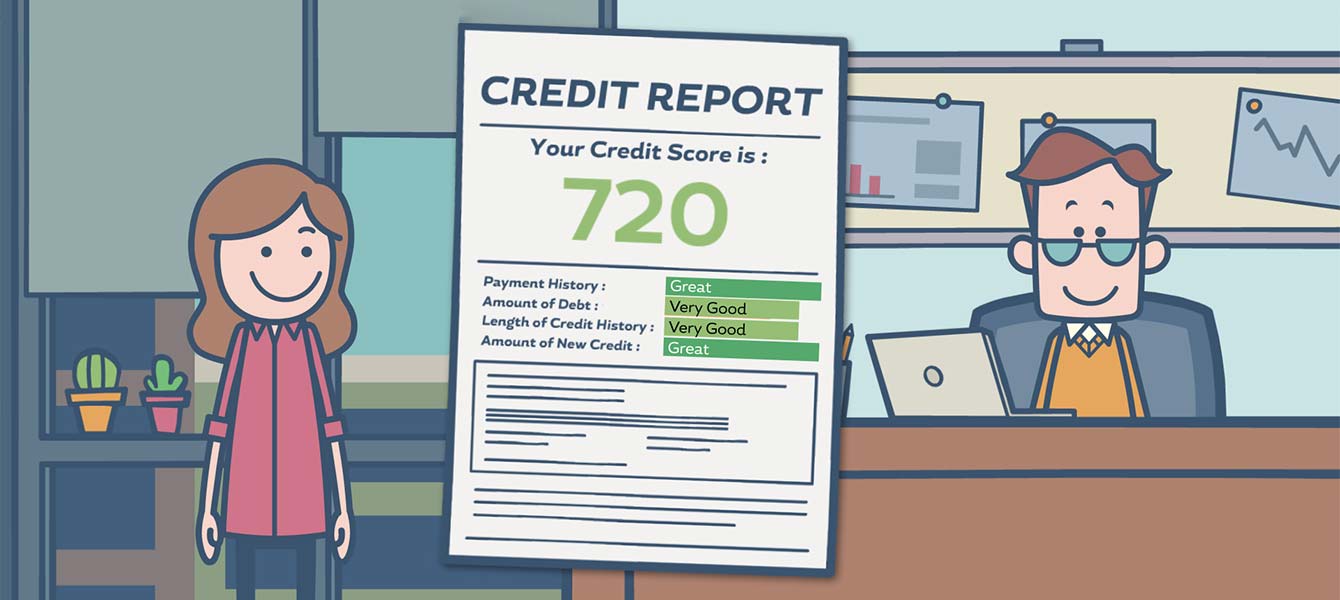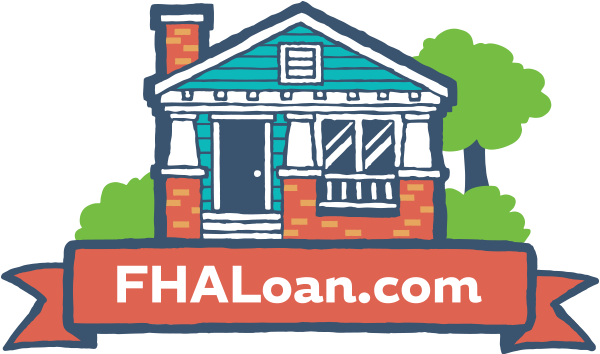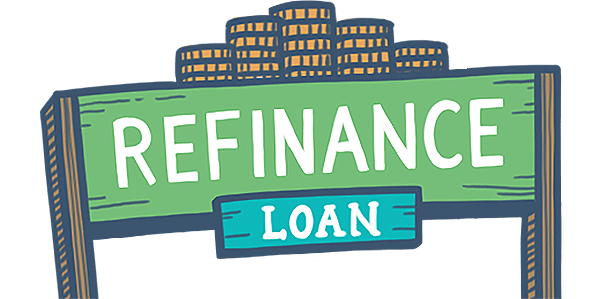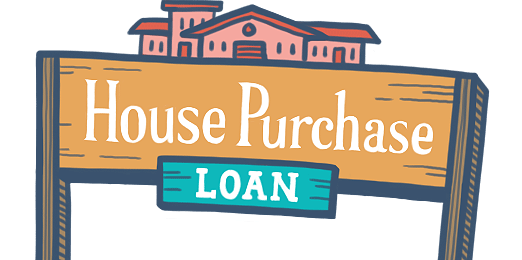Make Your Home Energy-Efficient with the FHA EEM
March 10, 2021
However, it is not always affordable for everyday Americans to implement such energy-saving technology in their homes. To pay for such upgrades, many homebuyers and owners look into opening new credit cards or even getting Home Equity Loans.
What many people do not realize is that there is another option available through the FHA, which is the Energy Efficient Mortgage (EEM). With this mortgage program, the borrower is credited for having energy-efficient updates in the home with the mortgage itself. The EEM allows borrowers to finance energy-saving measures in their home along with the purchase or refinance. By stretching the debt-to-income ratio and allowing potential borrowers to qualify for a bigger loan, the FHA lets them buy a more energy-efficient home.
The EEM is also cost-efficient, since less energy usage means smaller utility bills! The money that borrowers save on their bills can then be used toward paying off the larger loan.
How Does the EEM Work?
The FHA offers Energy Efficient Mortgages in which it insures a loan that is used to purchase/refinance a home as well as the cost of energy efficient improvements. This is called the "energy package.”
Before you can be approved for the additional funds for the upgrades, you will need to have a home energy assessment done. This will provide recommendations of energy-saving improvements, estimates of how much each upgrade will cost, and an estimate of how much money they will SAVE the borrower. According to HUD regulations, the person must be trained and certified as a (1) Building Performance Institute Building Analyst Professional, a (2) Building Performance Institute Home Energy Professional Energy Auditor, or (3) a Residential Energy Services Network Home Energy Rater.
The FHA’s lending limits do not upset the process of obtaining an EEM, but there is a way to determine how much can be financed. The maximum amount of the portion of the EEM for energy efficient improvements is the lesser of 5% of:
- the value of the property, or
- 115% of the median area price of a single-family dwelling, or
- 150% of the conforming Freddie Mac limit.
If you are interested in making energy-saving upgrades to your home, the FHA Energy Efficient Mortgage might be a great option for you. HUD has a list of approved lenders able to provide EEM programs, in addition to a fact sheet about FHA's EEM.
------------------------------
RELATED VIDEOS:
Show Them You're Serious By Depositing Earnest Money
Homebuyers Benefit From the Work Done by Freddie Mac
Your Second Mortgage Is a Home Equity Loan

FHA Loan Articles
May 14, 2025When you buy a home with an FHA mortgage, you must pay for both mortgage insurance and insurance to protect your property while paying on the loan. There are important nuances to these insurance policies to know before you start. What's the difference between insurance against water damage and flood insurance? That's just one example of the "hidden" expenses of buying your new home to budget for.
May 13, 2025Buying a home with an FHA mortgage means you'll need to know the FHA guidelines about the types of properties you can purchase with an FHA single-family home loan for residential purposes. How well do you understand these rules? Are you truly ready to start house hunting? We examine some key aspects of the process.
May 12, 2025FHA single-family home loans require a minimum 3.5% down payment for typical transactions. Saving for this requires planning and dedication, but it’s not impossible to save enough to make the down payment. How do people typically budget and save for this? Your financial needs and goals will play a big role in how much you decide to set aside for your new home, but here are some options to think about...
April 30, 2025 In a previous post, we discussed why FHA borrowers should carefully consider whether paying for discount points truly serves their best interests, focusing on factors like short-term homeownership, opportunity cost, FHA mortgage insurance, and the prevailing interest rate environment. Discount points are an option for borrowers willing to pay a fee to lower the interest rate by a set amount. This is not right for all borrowers, and you don't want to pay for points you won't benefit from during the loan term.
April 29, 2025Are you considering buying a home with an FHA loan? You'll likely talk to your participating lender about FHA loan "discount points" – fees you pay upfront for a lower interest rate on your mortgage. The idea behind discount points is a straightforward exchange: you spend money today to reduce your interest rate. Typically, one point equals one percent of your total FHA loan. In return, your interest rate might decrease by an amount you and the lender agree upon.







